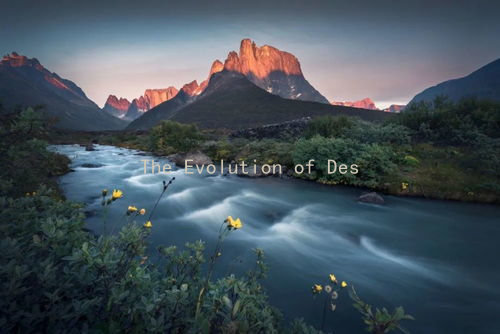The Evolution of Desire: How to Communicate Your Needs in a Relationship
The Evolution of Desire: How to Communicate Your Needs in a Relationship
In the intricate dance of relationships, the manner in which we express our desires and needs can significantly influence the quality and longevity of our partnerships. Effective communication is a vital skill that evolves as relationships progress, and understanding how to articulate our wants can lay the foundation for a deeper connection. This article explores the art of communication in relationships and offers practical tips on how to convey your needs in a way that fosters understanding and intimacy.
Understanding the Nature of Desire
Desire is multifaceted and can encompass emotional, physical, and intellectual needs. It is essential to recognize that while desires are personal, they should not remain unspoken. Being aware of what you want in a relationship is the first step toward effective communication. The more clearly you understand your own needs, the better equipped you will be to express them to your partner.
Creating a Safe Space for Discussion
Before delving into your desires, it’s crucial to establish a safe and non-judgmental environment for your conversations. Choose a time when both you and your partner are calm and open to dialogue. It’s helpful to approach the conversation with empathy, emphasizing that you value your partners feelings and perspectives. This sets a collaborative tone and encourages open communication.
Using “I” Statements
When expressing your needs, framing your thoughts with “I” statements can minimize defensiveness and foster understanding. For instance, instead of saying, “You never help me around the house,” consider rephrasing it to, “I feel overwhelmed when I have to manage everything alone. It would mean a lot to me if we could share the chores.” This approach centers on your feelings and experiences rather than placing blame on your partner, making it easier for them to understand your perspective.
Being Specific and Clear

Vagueness can lead to misunderstandings. Instead of making general requests, be specific about what you need. If you desire more quality time together, articulate what that looks like for you. For example, you might say, “I would love to have a date night every week, just the two of us, to reconnect.” Clarity fosters accountability and helps both partners understand what the other truly wants, reducing the likelihood of miscommunication.
Active Listening and Validation
Communication is a two-way street. After expressing your needs, be prepared to listen actively to your partner’s thoughts and feelings. Show that you value their perspective by validating their emotions, even if you don’t necessarily agree. Phrases like “I understand how you feel” or “That makes sense” can go a long way in creating mutual respect and promoting a healthy dialogue.
Navigating Differences with Kindness
It’s natural for partners to have differing desires and needs. The key is to approach these differences with kindness and a willingness to compromise. If your partner expresses a need that conflicts with yours, try to understand their viewpoint and work together to find a middle ground. This might involve some trial and error, but the effort to accommodate each other’s needs can strengthen the bond between you.
Regular Check-Ins
Desires evolve over time, influenced by life changes and personal growth. Scheduling regular check-ins allows both partners to discuss their needs openly and adapt to changes. This proactive approach helps to prevent misunderstandings and nurtures a sense of security within the relationship. It communicates to both partners that their feelings are important and warrant ongoing attention.
Conclusion
The evolution of desire in relationships is an ongoing journey that requires patience, understanding, and effective communication. By fostering an environment where both partners can express their needs openly, couples can navigate the complexities of desire together. With clear communication, active listening, and a willingness to grow together, relationships can flourish amidst the changes that life presents. In this way, the dance of love becomes not just a routine, but a harmonious collaboration that celebrates the desires of both partners.





